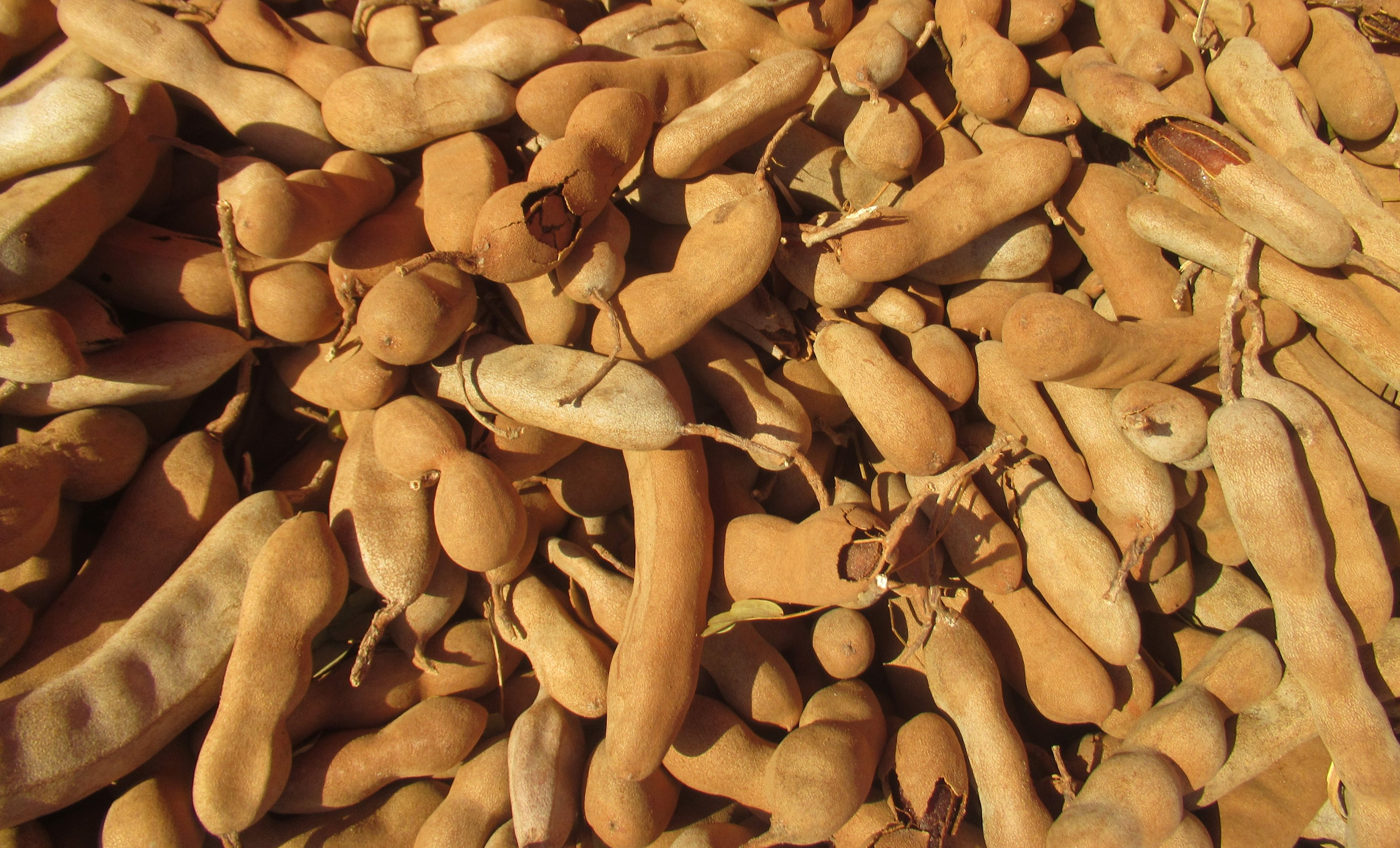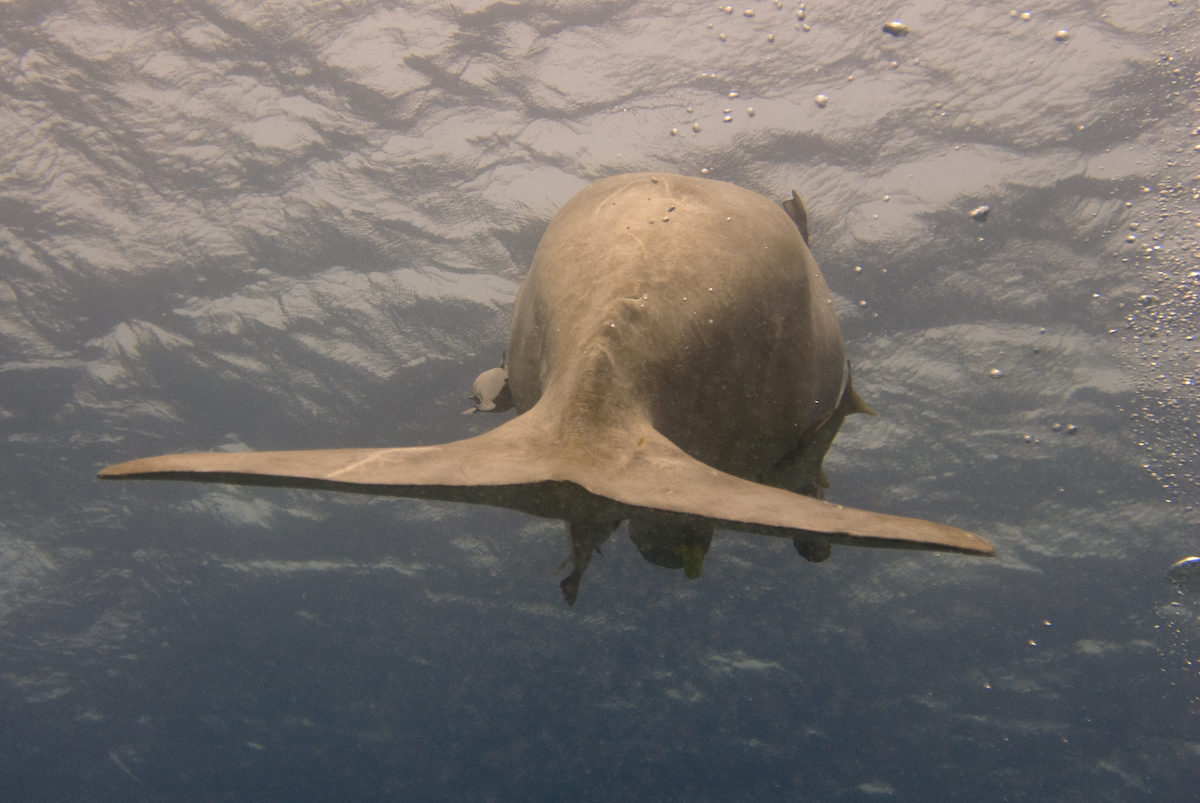|
Lindi Region
Lindi Region (''Mkoa wa Lindi'' in Swahili language, Swahili) is one of Tanzania's 31 administrative Regions of Tanzania, regions. The region covers an area of . The region is comparable in size to the combined land area of the nation state of Sri Lanka. The regional capital is the municipality of Lindi. The Lindi Region borders on Pwani Region, Morogoro Region, Ruvuma Region, and Mtwara Region. The name Lindi is an old Swahili word meaning "hiding pits", a place where Swahili people will hide to defend themselves from hostile invasions. The region is home to two UNESCO World Heritage Sites; namely, Kilwa Kisiwani and Selous Game Reserve. In 1905, the Maji Maji Rebellion, Maji Maji Revolt began in Kilwa District, Lindi, Kilwa District of Lindi when the Matumbi first attacked the Akida seat in the Kibata, Kibata ward, killing a German colonizer. According to the 2012 national census, the region had a population of 864,652, which was lower than the pre-census projection of 960,236 ... [...More Info...] [...Related Items...] OR: [Wikipedia] [Google] [Baidu] |
Regions Of Tanzania
Tanzania is administratively divided into thirty-one regions (''wikt:mkoa, mkoa''). History * In 1975, Tanzania had 25 regions. In the 1970s, the name of the Ziwa Magharibi Region (West Lake Region) changed to Kagera Region. * In 2002, Manyara Region was created out of part of Arusha Region. * In 2012, four regions were created: Geita, Katavi, Njombe, and Simiyu. * In 2016, Songwe Region was created from the western part of Mbeya Region. List of regions Tanzania is subdivided into 31 administrative regions. See also *Districts of Tanzania *List of regions of Tanzania by Human Development Index *List of regions of Tanzania by GDP *List of regions of Tanzania by poverty rate *ISO 3166-2:TZ Notes References {{Articles on first-level administrative divisions of African countries Regions of Tanzania, Subdivisions of Tanzania Lists of administrative divisions, Tanzania, Regions Administrative divisions in Africa, Tanzania 1 First-level administrative divisions by ... [...More Info...] [...Related Items...] OR: [Wikipedia] [Google] [Baidu] |
Makonde People
The Makonde are an ethnic group in southeast Tanzania, northern Mozambique, and Kenya. The Makonde developed their culture on the Mueda Plateau in Mozambique. At present they live throughout Tanzania and Mozambique, and have a small presence in Kenya. The Makonde population in Tanzania was estimated in 2001 to be 1,140,000, and the 1997 census in Mozambique put the Makonde population in that country at 233,358, for an estimated total of 1,373,358. The ethnic group is roughly divided by the Ruvuma River; members of the group in Tanzania are referred to as the Makonde, and those in Mozambique as the Maconde. The two groups have developed separate languages over time but share a common origin and culture. History The Makonde successfully resisted predation by African, Arab, and European History of slavery, slavers. They did not fall under colonial power until the 1920s. During the 1960s the revolution which drove the Portuguese out of Mozambique was launched from the Makonde homelan ... [...More Info...] [...Related Items...] OR: [Wikipedia] [Google] [Baidu] |
Tamarind
Tamarind (''Tamarindus indica'') is a Legume, leguminous tree bearing edible fruit that is indigenous to tropical Africa and naturalized in Asia. The genus ''Tamarindus'' is monotypic taxon, monotypic, meaning that it contains only this species. It belongs to the family Fabaceae. The tamarind tree produces brown, pod-like fruits that contain a sweet, tangy pulp, which is used in cuisines around the world. The pulp is also used in traditional medicine and as a metal polish. The tree's wood can be used for woodworking and #Seed oil and kernel powder, tamarind seed oil can be extracted from the seeds. Tamarind's tender young leaves are used in Indian cuisine, Indian and Filipino cuisine. Because tamarind has multiple uses, it is cultivated around the world in Tropical zone, tropical and Subtropics, subtropical zones. Description The tamarind is a long-living, medium-growth tree, which attains a maximum crown (botany), crown height of . The crown has an irregular, vase-shape ... [...More Info...] [...Related Items...] OR: [Wikipedia] [Google] [Baidu] |
Tamarindus Indica03a
Tamarind (''Tamarindus indica'') is a leguminous tree bearing edible fruit that is indigenous to tropical Africa and naturalized in Asia. The genus ''Tamarindus'' is monotypic, meaning that it contains only this species. It belongs to the family Fabaceae. The tamarind tree produces brown, pod-like fruits that contain a sweet, tangy pulp, which is used in cuisines around the world. The pulp is also used in traditional medicine and as a metal polish. The tree's wood can be used for woodworking and tamarind seed oil can be extracted from the seeds. Tamarind's tender young leaves are used in Indian and Filipino cuisine. Because tamarind has multiple uses, it is cultivated around the world in tropical and subtropical zones. Description The tamarind is a long-living, medium-growth tree, which attains a maximum crown height of . The crown has an irregular, vase-shaped outline of dense foliage. The tree grows well in full sun. It prefers clay, loam, sandy, and acidic soil ty ... [...More Info...] [...Related Items...] OR: [Wikipedia] [Google] [Baidu] |
Harma Theobene
''Harma'' is a monotypic butterfly genus in the family Nymphalidae. Its one species is ''Harma theobene'', the angular glider. It is found in Guinea, Sierra Leone, Liberia, Ivory Coast, Ghana, Nigeria, from Cameroon to Angola and in the Democratic Republic of the Congo, Uganda, Kenya, Tanzania, Malawi, Zambia, and Mozambique. The habitat consists of forests and heavy woodland. The larvae possibly feed on ''Caloncoba gilgiana'', '' Buchnerodendron'', ''Rinorea ''Rinorea'' is a genus of flowering plants in family Violaceae. It includes 212 species native to the subtropics and tropics. Selected species 212 species are accepted. Selected species include: * '' Rinorea abbreviata'' * '' Rinorea acutidens' ...'', '' Lindackeria'' (including ''L. schweinfurthii''), and '' Dovyalis'' species. Subspecies *''Harma theobene theobene'' – Guinea, Sierra Leone, Liberia, Ivory Coast, Ghana, Nigeria *''Harma theobene blassi'' (Weymer, 1892) – coast of Kenya, eastern Tanzania *''Harma the ... [...More Info...] [...Related Items...] OR: [Wikipedia] [Google] [Baidu] |
Great Seahorse
The great seahorse (''Hippocampus kelloggi''), also known as Kellogg's seahorse is a species of fish in the family Syngnathidae. It is one of the largest of the 54 species of seahorse. Habitat It is found in the Indo-pacific region, specifically documented from the coast of East Africa to Japan. It was also recently identified around both northern and southern Australia. They frequent areas with an abundance of coral so they can latch on to something. Though often found in shallow waters, they have been recorded in depths of over 100 meters, with the deepest recorded seahorse at 152 meters below the surface. . Description The head of the seahorse resembles a crown. Its spine is very prevalent, but has a rounded shape, especially above its eye. It is often confused for other species, and some great seahorses have even been thought to be an entirely new species, but gene sequencing has disproved this. They can be identified through their abnormally high tail rings on their compara ... [...More Info...] [...Related Items...] OR: [Wikipedia] [Google] [Baidu] |
Hippocampus Kelloggi En Acuario
The hippocampus (: hippocampi; via Latin from Greek , 'seahorse'), also hippocampus proper, is a major component of the brain of humans and many other vertebrates. In the human brain the hippocampus, the dentate gyrus, and the subiculum are components of the hippocampal formation located in the limbic system. The hippocampus plays important roles in the consolidation of information from short-term memory to long-term memory, and in spatial memory that enables navigation. In humans, and other primates the hippocampus is located in the archicortex, one of the three regions of allocortex, in each hemisphere with direct neural projections to, and reciprocal indirect projections from the neocortex. The hippocampus, as the medial pallium, is a structure found in all vertebrates. In Alzheimer's disease (and other forms of dementia), the hippocampus is one of the first regions of the brain to be damaged; short-term memory loss and disorientation are included among the early symptom ... [...More Info...] [...Related Items...] OR: [Wikipedia] [Google] [Baidu] |
Malachite Kingfisher
The malachite kingfisher (''Corythornis cristatus'') is a river kingfisher which is widely distributed in Africa south of the Sahara. It is largely resident except for seasonal climate-related movements. Taxonomy The malachite kingfisher was described by the German naturalist Peter Simon Pallas in 1764 and given the binomial name ''Alcedo cristata''. The specific epithet ''cristata'' is from the Latin ''cristatus'' meaning "crested" or "plumed". The adjective "malachite" in the vernacular name normally refers to the dark green colour of the copper containing mineral. This kingfisher has blue upperparts but has black banding with pale blue or greenish-blue on its forehead. A molecular phylogenetic study published in 2007 confirmed that the most closely related species is the Malagasy kingfisher, (''Corythornis vintsioides''). The Malagasy kingfisher has a black bill and greenish crest, and is not quite as dependent on water as the African species. It is otherwise similar in plu ... [...More Info...] [...Related Items...] OR: [Wikipedia] [Google] [Baidu] |
Juvenile Malachite Kingfisher Spotted In Kakuzi By Odhiambo
Juvenile may refer to: In general *Juvenile status, or minor (law), prior to adulthood *Juvenile (organism) Music *Juvenile (rapper) (born 1975), stage name of American rapper Terius Gray *''Juveniles'', a 2020 studio album by the band Kingswood *" The Juvenile", a song by Ace of Base Film * ''Juvenile'' (2000 film), Japanese film * ''Juvenile'' (2017 film), U.S. film Sports * Juvenile (greyhounds), a greyhound competition *A two-year-old horse in horse racing terminology Other *Juvenile particles, a type of volcanic ejecta See also * Children's literature * Children's clothing *Juvenile novel **Any of "Heinlein juveniles" *Juvenile delinquency *Juvenile hall (juvenile detention center) * Juvie (other) *Juvenilia Juvenilia are literary, musical or artistic works produced by authors during their youth. Written juvenilia, if published at all, usually appear as retrospective publications, some time after the author has become well known for later works. Bac ..., wo ... [...More Info...] [...Related Items...] OR: [Wikipedia] [Google] [Baidu] |
Dugong
The dugong (; ''Dugong dugon'') is a marine mammal. It is one of four living species of the order Sirenia, which also includes three species of manatees. It is the only living representative of the once-diverse family Dugongidae; its closest modern relative, Steller's sea cow (''Hydrodamalis gigas''), was hunted to extinction in the 18th century. The dugong is the only sirenian in its range, which spans the waters of some 40 countries and territories throughout the Indo-West Pacific. The dugong is largely dependent on seagrass communities for subsistence and is thus restricted to the coastal habitats that support seagrass meadows, with the largest dugong concentrations typically occurring in wide, shallow, protected areas such as bays, mangrove channels, the waters of large inshore islands, and inter-reefal waters. The northern waters of Australia between Shark Bay and Moreton Bay are believed to be the dugong's contemporary stronghold. Like all modern sirenians, the d ... [...More Info...] [...Related Items...] OR: [Wikipedia] [Google] [Baidu] |
Dugong Dugon (cropped)
The dugong (; ''Dugong dugon'') is a marine mammal. It is one of four living species of the order Sirenia, which also includes three species of manatees. It is the only living representative of the once-diverse family Dugongidae; its closest modern relative, Steller's sea cow (''Hydrodamalis gigas''), was hunted to extinction in the 18th century. The dugong is the only sirenian in its range, which spans the waters of some 40 countries and territories throughout the Indo-West Pacific. The dugong is largely dependent on seagrass communities for subsistence and is thus restricted to the coastal habitats that support seagrass meadows, with the largest dugong concentrations typically occurring in wide, shallow, protected areas such as bays, mangrove channel (geography), channels, the waters of large inshore islands, and inter-reefal waters. The northern waters of Australia between Shark Bay and Moreton Bay are believed to be the dugong's contemporary stronghold. Like all modern sir ... [...More Info...] [...Related Items...] OR: [Wikipedia] [Google] [Baidu] |




